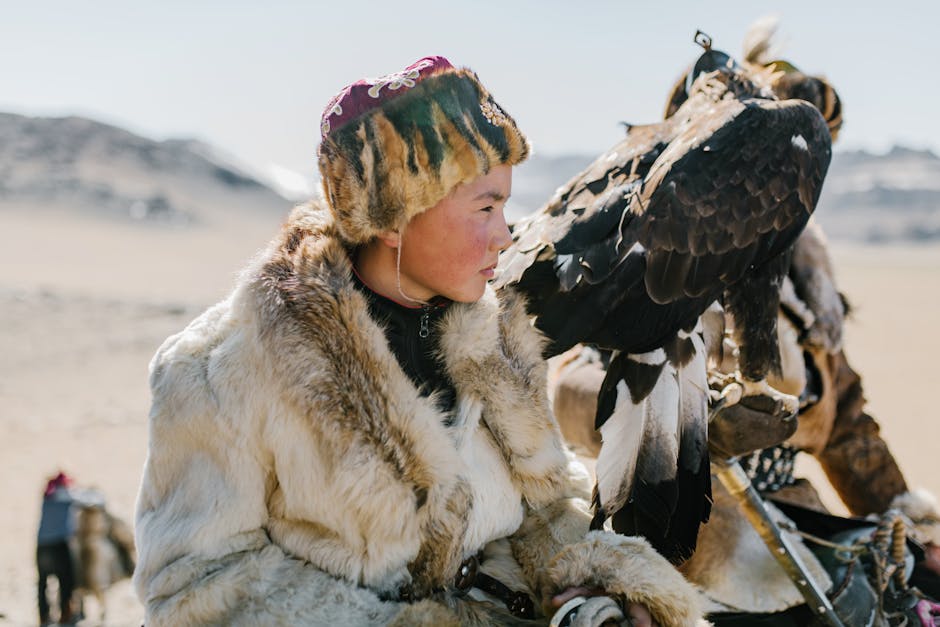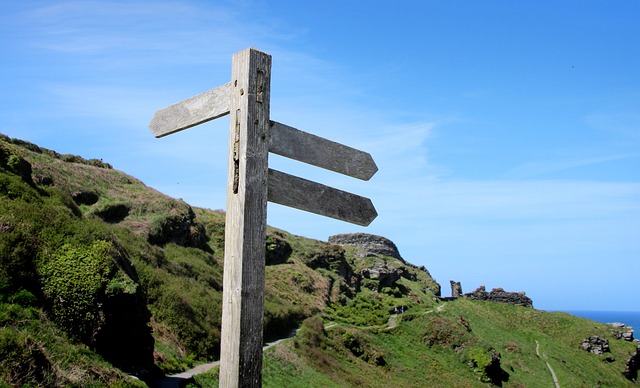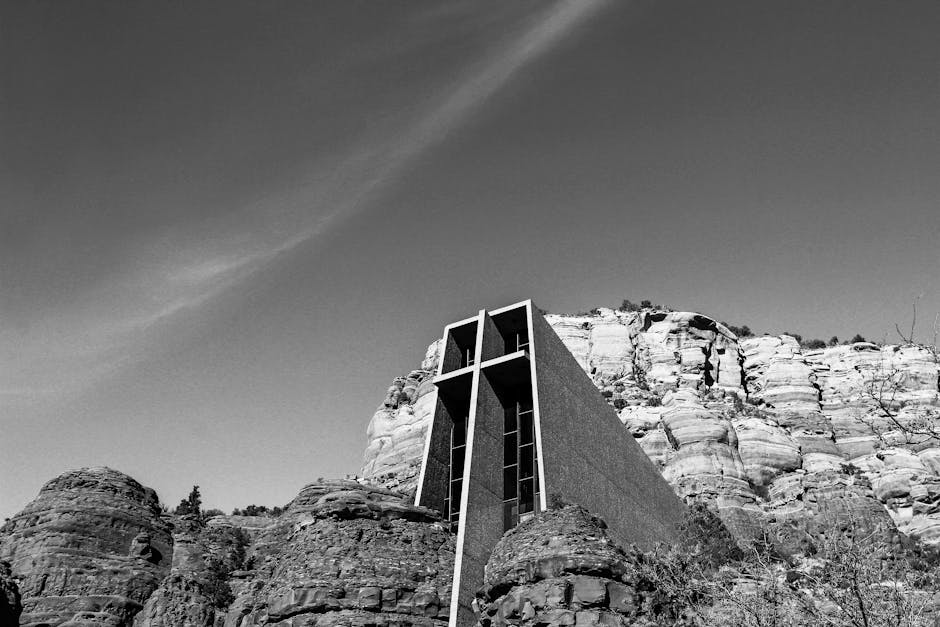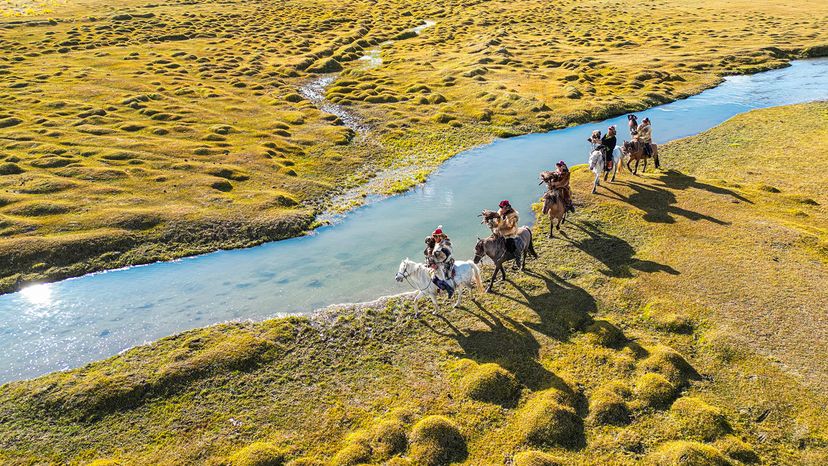
Spanning thousands of miles across the heart of Asia and Eastern Europe, the steppe is one of Earth’s most expansive and ecologically important biomes. These vast, flat grassy plains stretch from Hungary in the west to Mongolia and northern China in the east, forming what is known as the Eurasian Steppe.
The Eurasian Steppe extends across a wide belt from Eastern Europe, through the Russian steppe and all the way to the eastern steppe of China. It runs just south of the taiga forest zone and north of true deserts like the Gobi.
Divided into regions such as the western steppe, central steppe and eastern steppe, this massive area has shaped both climate and civilization (and that’s not an exaggeration).
Geography and Climate
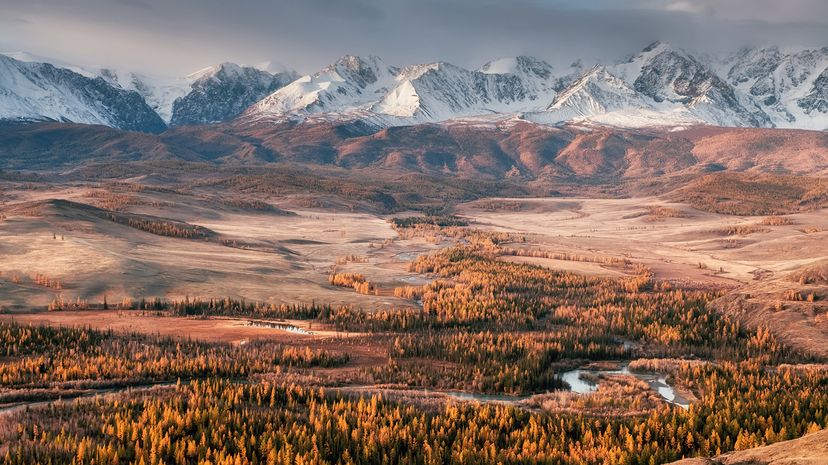
The steppe’s geography includes a flat grassy plain dominated by grass steppe vegetation, with some trees and forests near rivers and mountains. Located mostly in temperate regions, the steppe often lies in a rain shadow where rainfall is low and cold winters and hot summers prevail.
Mountains like the Ural Mountains and the ranges of Central Asia frame the steppe to the north, while ranges such as the Altai and Tian Shan form natural boundaries to the south and east.
Regions such as eastern Europe, Central Asia, northern China and southern Russia host some of the most iconic steppe zones. Major bodies of water, including the Caspian Sea and various rivers, contribute to freshwater wetlands and occasional oases that punctuate the otherwise dry expanse.
Flora, Fauna, and Conservation
Despite being dry, the steppe supports diverse plants, including grasses, shrubs and seasonal wildflowers. Steppe fauna includes species like steppe horses, wolves and many bird species.
Conservation efforts aim to protect these habitats from agricultural land expansion, climate change and urban development.
In Asia, steppe species have adapted to open terrain and pasture life. Significant areas of steppe remain intact, though habitat loss is a growing concern. The steppe’s natural habitat once supported vast herds of grazing animals and continues to offer important ecological services.
The Role of Steppe Nomads

Historically, the steppe was home to steppe nomads, such as the Mongols, who established the Mongol Empire.
These inhabitants traveled on horseback, using the steppe as a highway for trade, warfare and culture. The Silk Road relied on these open lands for east-west travel between China, the Middle East, and Europe.
The culture of steppe people revolved around horseback riding, herding and survival in vast spaces. They used the steppe’s vegetation for grazing, moved with the seasons and influenced empires across Asia.
Languages and technologies spread quickly through this continent thanks to the openness of the steppe.
Modern Steppe Regions
Today, steppe regions in Russia, Mongolia, northern China and Central Asia face new challenges. Areas once dominated by nomads now include cities and are often densely populated near water.
The transformation of the steppe into agricultural land has reduced pasture space and altered life for both animals and humans.
Climate change threatens to turn parts of the steppe into desert, especially where irregular seasonal rainfall patterns occur.
In places like Siberia, oases and north shore wetlands are vital for biodiversity. The western edge near Eastern Europe and the south around the Middle East have also seen major changes.
Global Comparisons and Future Outlook
The steppe is comparable to other grassland ecosystems, like the Great Plains in North America or South American pampas. However, the steppe is unique in its scale, climate and historical influence. Unlike true deserts, steppes can support grassy plains and even forests in wetter areas.
Looking forward, preserving the steppe means balancing conservation with sustainable development. Areas around the steppe — like the desert to the south and taiga to the north — also play crucial roles in regional ecosystems.
We created this article in conjunction with AI technology, then made sure it was fact-checked and edited by a HowStuffWorks editor.

